Ahh yes, creativity in the workplace. That elusive unicorn that every manager demands but precious few know how to wrangle. It’s a bit like asking for “innovation” at a board meeting; everyone knows you need it, but no one dares admit that innovation rarely gallops in wearing a sparkly top hat and brandishing a magical PowerPoint presentation.
Let’s first quash the myth that creativity is some kind of otherworldly force. Picture Don Draper, stoically pouring whisky in his dimly lit office, waiting for an idea to descend from the advertising heavens. Except, of course, that version of creativity doesn’t exist. Even Draper had a team. The truth is, creativity in the modern workplace is collaborative, messy, and definitely not as glamorous as those mad men would have you believe.
Creativity Doesn’t Work Alone
Creativity isn’t necessarily some solitary endeavour where a lone genius writes furiously with a quill at a candlelit desk during a raging thunderstorm (like some AI generated approximation of a 19th-century novel). Think of it more like a team sport—one of those chaotic, somewhat perplexing ones, like base-jumping, or Quidditch. It should feel a bit risky and, more importantly, it needs a team of people pulling together.
Just look at Pixar. Behind every tear-jerking animation is not one creative visionary, but a veritable army of concept artists, writers, technical specialists, and probably a few sleep-deprived interns. Creativity really thrives when people bounce ideas off each other. The notion of the solitary genius pounding out brilliance in the wee hours of the morning is really just another relic from the romantic age, when artists were assumed to be special beings immune to doubt and deadlines. They weren’t.
Creativity is collaborative, and it often needs structure. And that brings us to the next big lie about creativity: the idea that creativity and structure can’t coexist.
Frameworks That Fuel Creativity (Yes, Really)
Structure stifles creativity? Sure, and jazz musicians never rehearse, and Leonardo da Vinci was famous for his clean, neatly organised studio. People love to imagine that true creatives work in a spontaneous flurry of genius. It does happen, but it’s almost as rare as a unicorn. Without some kind of structure or constraint, creativity might as well just be a fancy word for procrastination. Ask any creative who has ever stared at a blank page and thought, “This would be a brilliant time to alphabetise my bookshelf.”
If you want creativity to flourish in the workplace, you need frameworks—those little systems that make the chaos that little bit more manageable. I’m sure you’ve heard the phrase “Creativity loves constraint”. That is even more true in a work setting. Take organisational tools like Trello or Asana, that corral oddball ideas into something that’s vaguely productive. While they don’t do the creative work itself, they definitely allow teams to throw their boundless brainstorms into one place and then, crucially, help them organise them into ones that might actually work before the next budget review makes everyone lose their shit.
Or what about IDEO, the design firm that literally wrote the book on structured creativity, and effectively turned creative frameworks into a business model. Their secret? Design thinking—a cool way of saying “organised brainstorming with Post-its”. Joking, not joking (but, for the record, I actually love design thinking as a creative constraint). IDEO has made clients like Nike and Ford tap into their creativity, using the very same design thinking frameworks that I teach my own clients.
Or the aforementioned mighty modern storytellers Pixar, who are really the gold standard for combining structure with creative freedom through their famously intense storyboarding process. You don’t really think that the incredible opening 10 minutes of Pixar’s UP just arrived fully formed out of the ether, do you?

Creativity Alone Won’t Get You to the Finish Line
But here’s the harsh truth: creativity alone isn’t worth much if it doesn’t translate into results. It’s all well and good coming up with wild, game-changing ideas, but if they’re trapped in the purgatory of “brilliant ideas we might explore in Q1,” you’re no better off than you were before the wall full of Post-its.
So how do we move from the lightbulb moment to actual execution? Accountability enters the chat. Ah yes, the corporate buzzkill to all those joyous daydreams. But accountability doesn’t have to be a filthy word. It’s the safety net that keeps your creativity from falling into the abyss of unfulfilled potential (I’m not certain, but I’m sure Werner Herzog said this at some point).
This is where companies like Google had an interesting take on it, with their 20% project—where employees spend a chunk of their work hours on personal projects with promise. They were essentially saying, “Here’s a sandbox, play around, but c’mere, show us something useful by the end, alright?” While it wasn’t quite as simple as that (employees often worked 100% on their core job, scraping together that ‘20%’ out of their so-called “free time”) it nevertheless had its moments of magic, resulting in a revolutionary little email service called Gmail. But for every Gmail, there are hundreds of chaotic documents filled with unfulfilled promise and boundless amounts of brain farts.
Tools to Harness Creative Chaos
Alright, so let’s imagine you’ve got your creative employees all fired up about structure and accountability. Now, what tools do you give them to keep this house from crumbling like a sandcastle at high tide?
Here’s a not-so-surprising hint: it’s time to go digital. You’ve got tools like Monday.com, which, contrary to its depressingly corporate name, is actually quite good at keeping creative chaos in check. It’s akin to a production assistant for your ideas—organising them, scheduling them, reminding you that maybe, just maybe, that million-dollar idea should be looked at before you get buried under another round of “urgent” emails. Spoiler alert: No internal comms email is truly urgent. It’s PR, not ER.
And for the visually creative among us, Adobe Creative Cloud is a pixel-perfect playground, while MindMeister can be a lifesaver for anyone who needs to mind-map like a conspiracy theorist with a red string board.
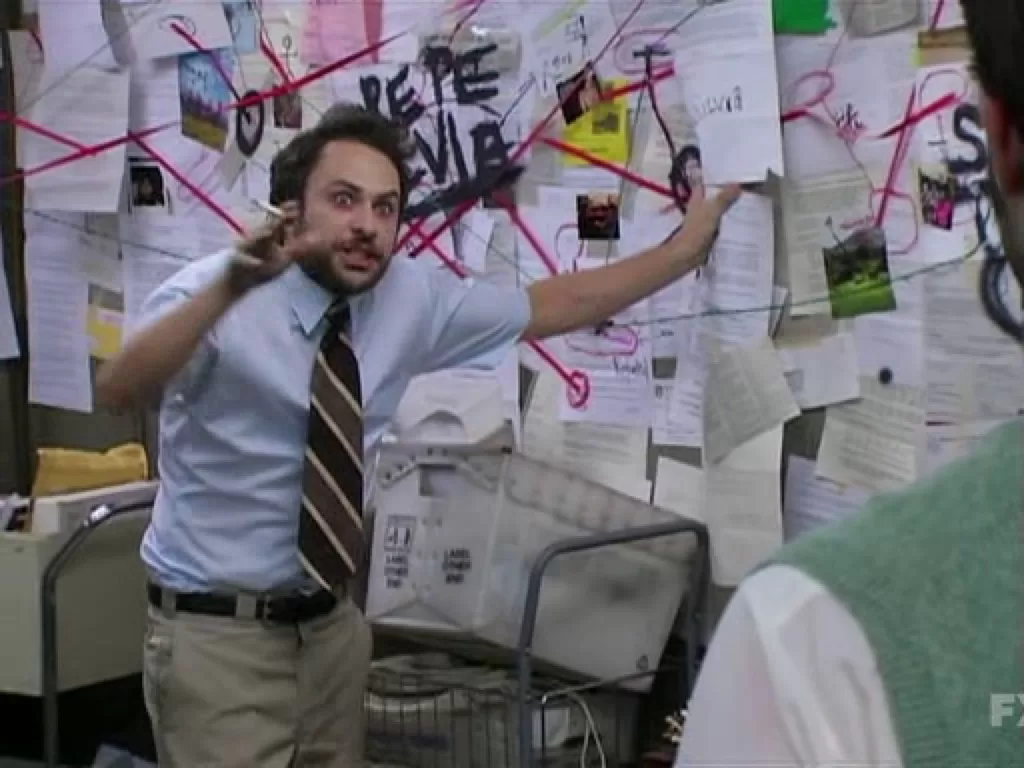
But remember: these tools are merely facilitators, they’re not fairy godmothers. Like AI, they can help you organise your brilliance—they don’t create it for you. In much the same way that Gen AI tools like ChatGPT and Gemini are synthesisers, they’re not the actual composers. After all, when it comes to AI, everything is a remix. But more on that in another post.
Cross-functional Collaboration: Creativity Loves a Good Team-Up
Cross-functional collaboration — the workplace equivalent of speed-dating in the hope that sparks fly. But some of the most innovative solutions actually come from unexpected partnerships.
You want proof? I thought you’d never ask. Let’s look at Spotify. Yes, the company that knows your music tastes better than you do. Spotify’s cross-functional collaboration isn’t just a footnote in their employee handbook, it’s their modus operandi. The marketing team doesn’t just sling ads at the wall and hope that something sticks; they’re in constant communication with data scientists who are analysing user behaviour, engineers who are tweaking the product, and creatives who are dreaming up the next viral idea (I’m looking at you, Wrapped).
LEGO took a similar approach when they decided to move into the world of video games. They didn’t just leave it to the gamers to figure out. They brought in storytellers, product developers, and, presumably, even some actual children, to get a real sense of how to bring those tiny plastic bricks to life on screen. The result? A games franchise that didn’t just feel like an afterthought but became a full-blown entertainment empire, with their own cult following and spinoffs galore.
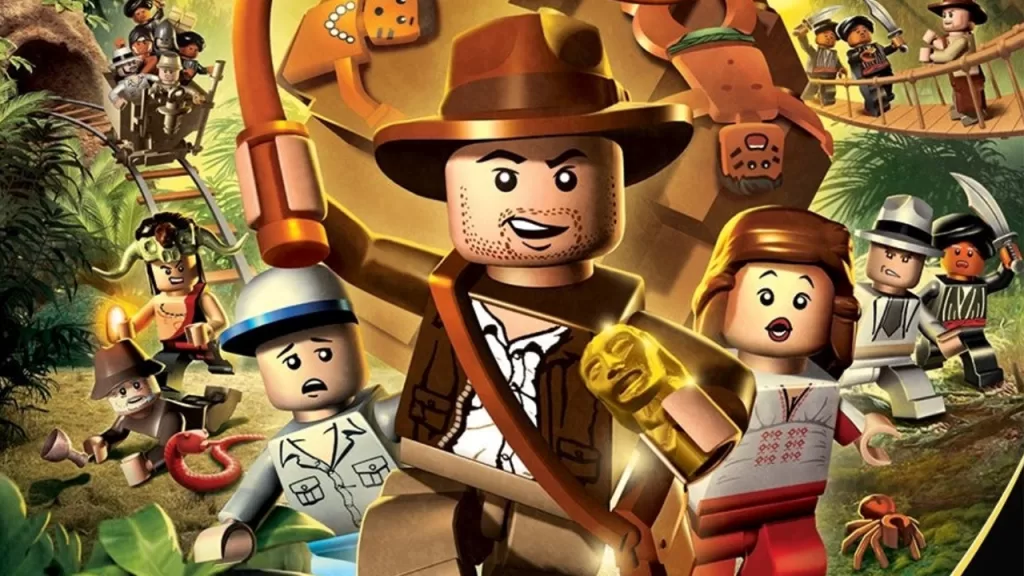
Conclusion: Don’t Just Think, Do
Creativity may well be the holy grail, but without the tools to execute, it’s about as useful as a screen door on a submarine. So, please go ahead and spark creativity within your teams—encourage wild ideas, make Post-it notes your office wallpaper, schedule “innovation time”. But don’t forget that the most creative people out there are the ones who know how to turn all those brilliant ideas into action. Every creative project needs a doer. Or to over-extend the submarine metaphor, it needs a decisive captain.
As Jean Luc-Godard would say: every great story needs a beginning, middle, and end. Just not necessarily in that order. Creativity might give you the first two, but execution? That’s how you get your “happily ever after”. Now go out there, get moving, and wrangle that elusive unicorn.
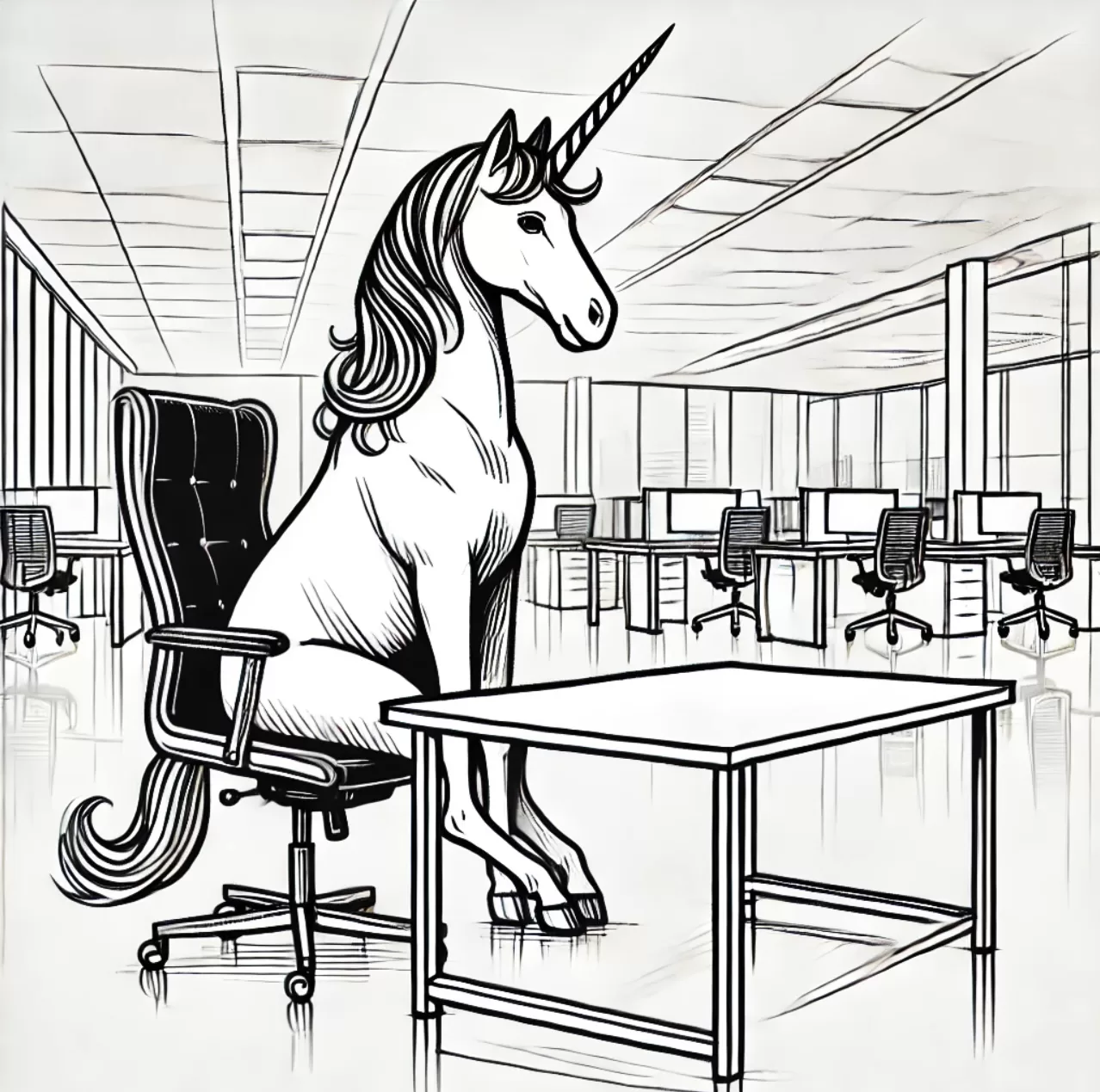
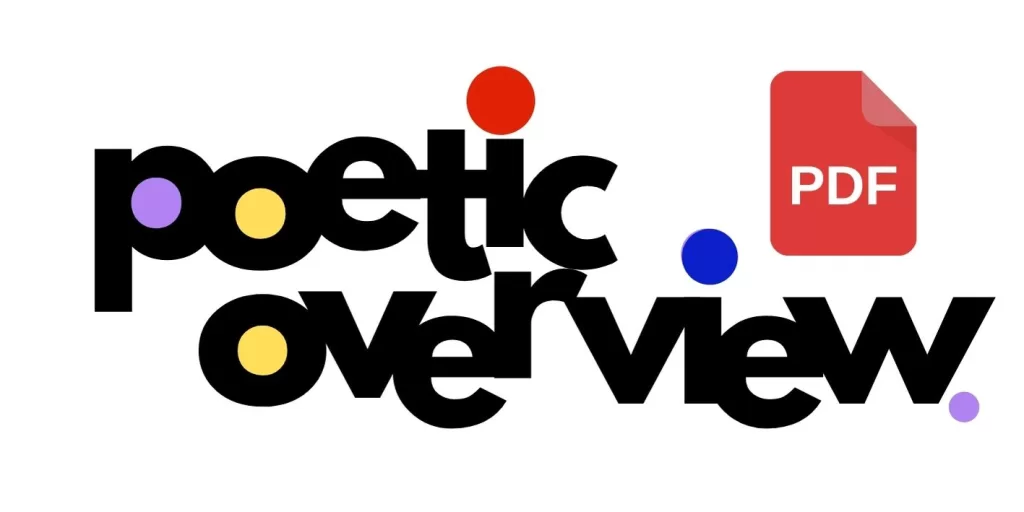

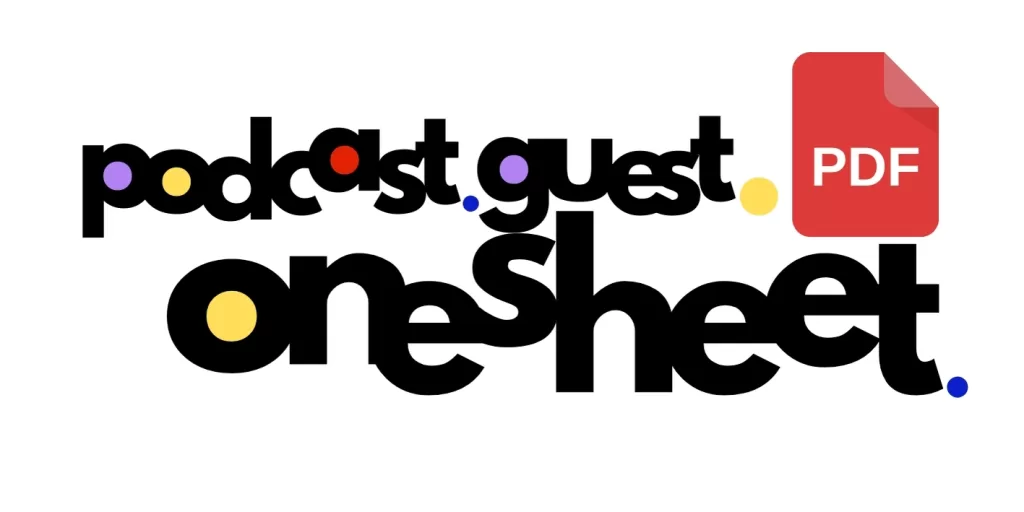
Leave a Reply